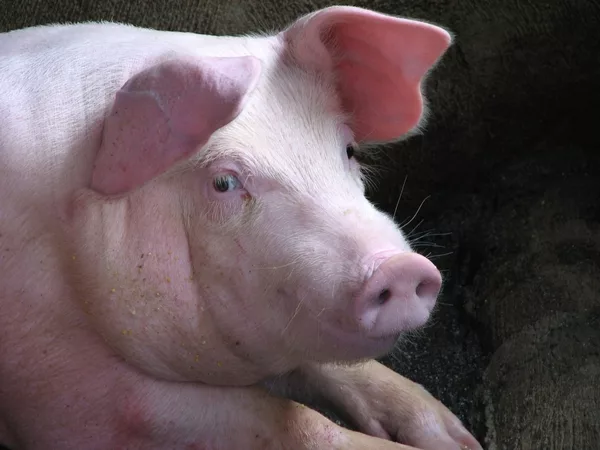USDA to Begin Testing for African Swine Fever

Last week, the U.S. Department of Agriculture (USDA) announced plans to implement an African Swine Fever (ASF) surveillance program. As part of this plan, the Animal and Plant Health Inspection Service will work with the swine industry, the states, and veterinary diagnostic laboratories to test for ASF.
As ASF continues to spread in China, there’s been recent concerns about the highly contagious and deadly disease making its way to the U.S. While ASF affects both domestic and wild pigs, it does not affect human health and cannot be transmitted from pigs to humans, says USDA. ASF has never been detected in the United States.
“African Swine Fever is an area of high interest among the veterinary community and our swine industry, and we continue to take action to prepare for this deadly disease,” says Greg Ibach, Undersecretary for Marketing and Regulatory Programs. “While we are confident that our overlapping safeguards will continue to keep ASF out of the United States, an enhanced surveillance program will serve as an early warning system, helping us find any potential disease much more quickly. It will also minimize virus spread and support efforts to restore trade markets and animal movements as quickly as possible should the disease be detected.”
USDA will be adding ASF testing to its existing classical swine fever surveillance. Samples will be tested from the same high-risk animals (sick pig submissions, veterinary diagnostic laboratories, sick or dead pigs at slaughter, and pigs from herds that are at greater risk for disease through such factors as exposure to feral swine or garbage feeding), using the same overall process. The difference now will be USDA’s testing of two diseases (classical swine fever and ASF) instead of one.
In addition, USDA will work with state and federal partners to identify and investigate incidents involving sick or dead feral swine to determine if they should be tested for ASF or other foreign animal diseases.
The surveillance testing of commercial swine herds is an addition to USDA’s overall African swine fever prevention effort, including:
- Working with officials in Canada and Mexico on a North American coordinated approach to ASF defense, response, and trade maintenance;
- Working with U.S. Customs and Border Protection at ports of entry, paying particular attention to cargo, passengers, and products arriving from China and other ASF affected countries;
- Increasing detector dog teams with U.S. Customs and Border Protection to sniff out illegal products at key U.S. commercial sea and airports;
- Collaborating with states, industry, and producers to ensure everyone follows strict on-farm biosecurity protocols and best practices (including for garbage feeding in states where that is allowed);
- Restricting imports of pork and pork products from affected countries;
- Coordinating closely on response plans with the U.S. pork industry, producers and States to be ready should a detection ever occur in the United States; and
- Expanding the testing capabilities and testing capacity of the National Animal Health Laboratory Network.
The overall goal remains to keep this deadly disease out of the U.S. The new testing effort is expected to begin in a matter of weeks, with hopes to implement a full surveillance plan over the course of the spring.
Sign up for Food Safety Magazine’s bi-weekly emails!
Subscribe to our podcast: Food Safety Matters!
Looking for quick answers on food safety topics?
Try Ask FSM, our new smart AI search tool.
Ask FSM →








